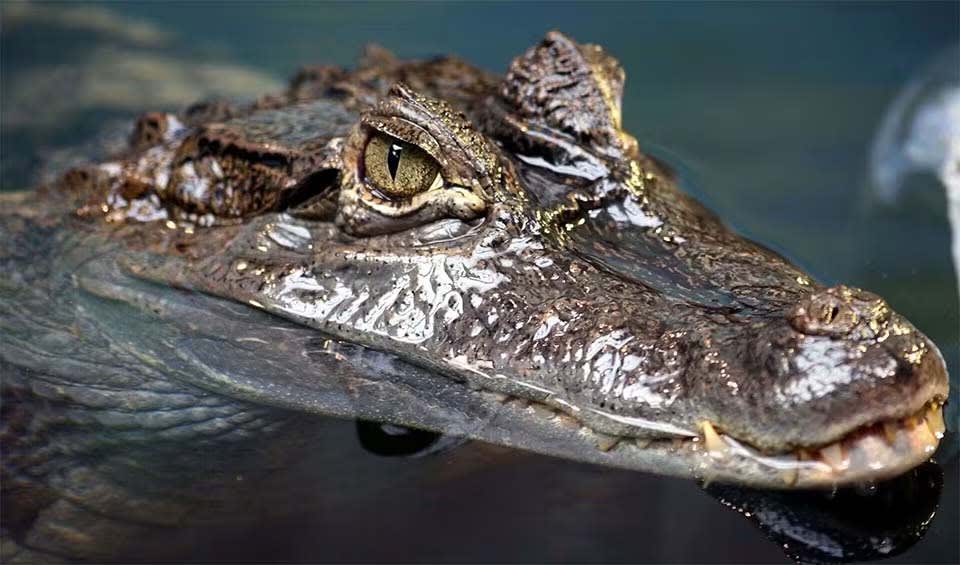Caiman – Caimans
Small sized crocodiles native to Central and South America
Caimans are predominantly found inhabiting freshwater habitats, although they may also venture into some saltwater environments. Sporting a diverse array of colors ranging from olive and grey to black, green, and brown, these reptiles exhibit remarkable camouflage capabilities, with some individuals adorned with pale stripes and spots that blend seamlessly into their surroundings.
These crocodilians are known for their unique eyelids, which have a transparent membrane called a nictitating membrane. This membrane protects their eyes while allowing them to see underwater. Additionally, unlike the pointed snouts of some other crocodilian species, caimans’ snouts are designed for a more generalized diet that includes both aquatic and terrestrial prey.
Another distinguishing characteristic of caimans is their armored skin, which is covered in bony plates called osteoderms. These osteoderms protect predators and help regulate the caiman’s body temperature by absorbing and dissipating heat from the environment. The arrangement of these osteoderms can vary among different species of caimans, with some having smoother skin and others featuring more pronounced ridges or bumps.
Despite their widespread distribution and relatively large populations, caimans are not without their share of threats. While they currently face no imminent danger of extinction, certain human activities, such as the pet trade and the collection of caiman curiosities, have contributed to localized population declines in certain areas. Additionally, broader ecological threats, including habitat loss, water pollution, and habitat fragmentation, pose significant challenges to the long-term survival of caiman populations.
Species in this genus
Spectacled caiman
You might get the worst scare of your life if you see the crimson glow in the eyes of these creatures at night
Yacare caiman
Jacare caiman, raguayan caiman, piranha caiman, red caiman, southern spectacled caiman! It has no shortage of nicknames



